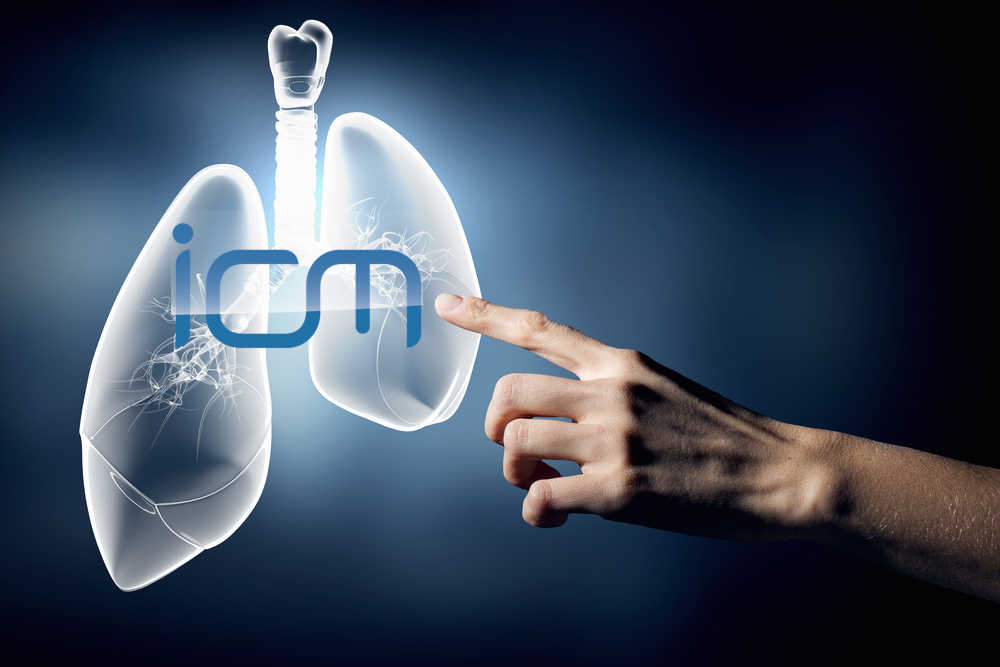Severe hypercapnia and outcome of mechanically ventilated patients with ARDS

Severe hypercapnia and outcome of mechanically ventilated patients with ARDS
ICM ARTICLE REVIEW
Background
Limitation of tidal volumes (<8ml/kg ideal body weight) and airway pressure is used as a lung protective strategy during MV in patients with ARDS [1]. However, this strategy may result in high partial pressure of carbon dioxide in arterial blood (PaCO2) levels. The biological effects of hypercapnia in critically ill patients are conflicting. It remains unclear if, on balance, hypercapnia per se has any effect on organ function and survival.
Population
A secondary analysis of three prospective non-interventional cohort studies focusing on ARDS patients from 927 intensive care units (ICUs) in 40 countries was conducted [2]. A total of 1899 patients were included. ARDS was defined by the criteria established by the American–European Consensus Conference: acute onset, PaO2/fraction of inspired oxygen (FiO2) of <200 mmHg, bilateral infiltrates on chest radiograph, absence of heart failure, and diagnosis of ARDS by the clinician in charge. This definition was considered to be representative of moderate or severe ARDS according to the Berlin definition.
‘Intervention’ and comparison
Patients with ARDS and severe hypercapnia (PaCO2 ≥50 mmHg) were compared to patients with ARDS without hypercapnia.
Outcome
In patients with severe hypercapnia, the PaO2/FiO2 ratio was significantly lower and peak airway pressure, plateau airway pressure, and PEEP were higher than in patients with a maximum PaCO2 of <50 mmHg. The relationship between PaCO2 and ICU mortality demonstrated a U-shaped curve, with patients with very low and high PaCO2 having an increased risk of death. Mortality was significantly higher in patients with a maximum PaCO2 of ≥50 mmHg during the first 48 h of MV (62.5%) than in patients with a maximum PaCO2 of <50 mmHg (49.6%). The incidence of barotrauma, renal dysfunction, and cardiovascular dysfunction was significantly higher in patients with a maximum PaCO2 of ≥50 mmHg compared to patients with a maximum PaCO2 of <50 mmHg (p<0.05).
After adjustment for baseline variables including age, SAPS II at ICU admission, corrected minute ventilation, use of pressure/ volume limitation strategy (PLS), presence of acidosis, driving pressure, PaO2/FiO2 ratio, and study period, the presence of severe hypercapnia remained independently associated with a higher risk for ICU mortality (OR 1.93, 95% CI 1.32–2.81; p = 0.001). Even when limiting analysis to patients receiving PLS (and matched for all other variables), severe hypercapnia was associated with higher ICU mortality compared to patients with a maximum PaCO2 of <50 mmHg (OR 1.58, CI 95% 1.04–2.41; p = 0.032). Acidosis or the combination of hypercapnia and acidosis independently increased the risk of ICU mortality.
Discussion
Patients receiving lung-protective ventilation with a tidal volume of ≤6 ml/kg had a high incidence of severe hypercapnia. Although patients receiving lung-protective ventilation have a lower mortality, hypercapnia appears to be independently associated with worse outcomes in patients with ARDS. The authors challenge the notion that severe hypercapnia is safe and prospective trials are required to ascertain if hypercapnia is indeed ‘permissive’.
Article review was submitted by EJRC member Nish Arulkumaran on behalf of the NEXT Committee.
References
1. Stewart TE, Meade MO, Cook DJ, et al. Evaluation of a ventilation strategy to prevent barotrauma in patients at high risk for acute respiratory distress syndrome. Pressure- and Volume-Limited Ventilation Strategy Group. N Engl J Med 1998; 338: 355-61
2. Nin N, Muriel A, Penuelas O, et al. Severe hypercapnia and outcome of mechanically ventilated patients with moderate or severe acute respiratory distress syndrome. Intensive Care Med 2017